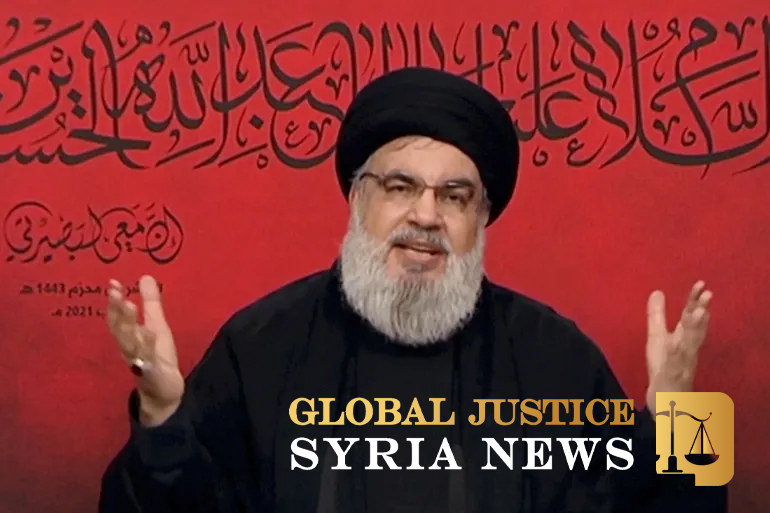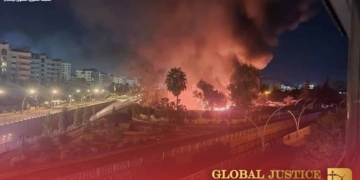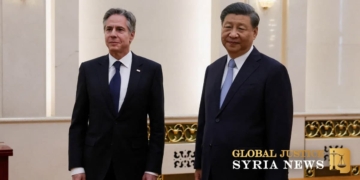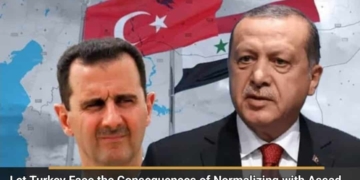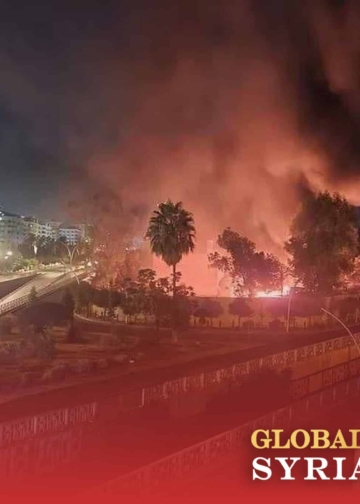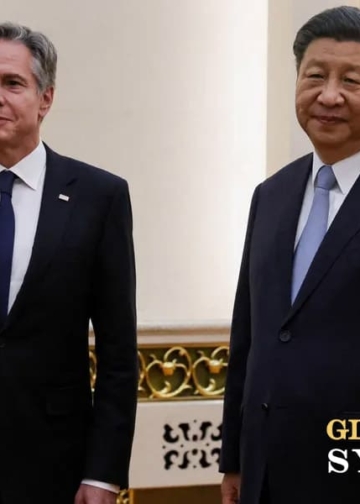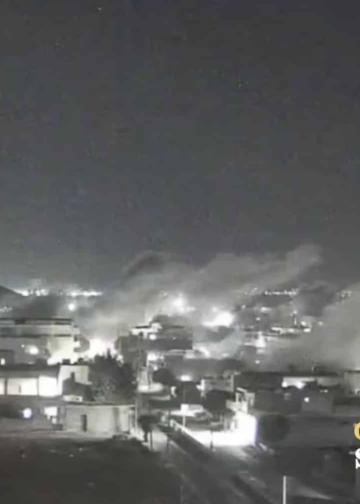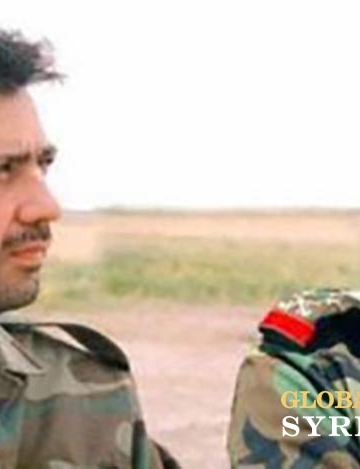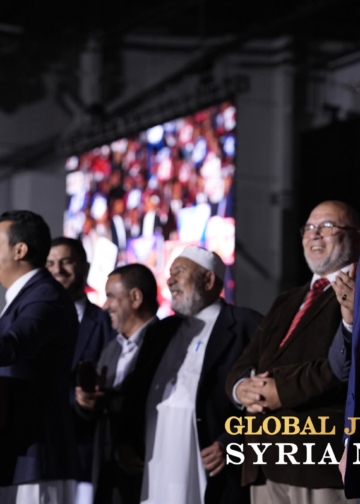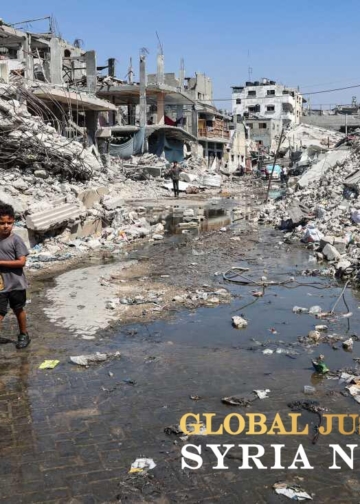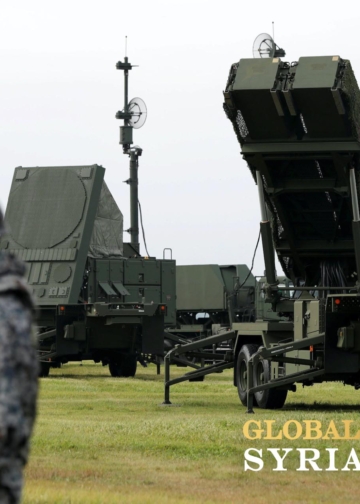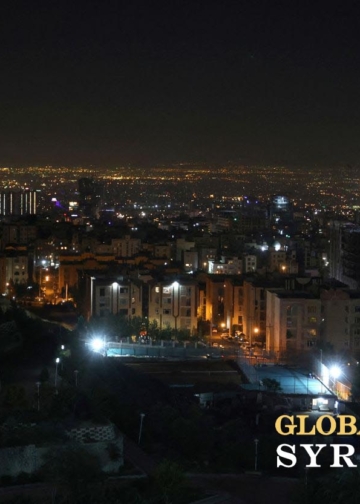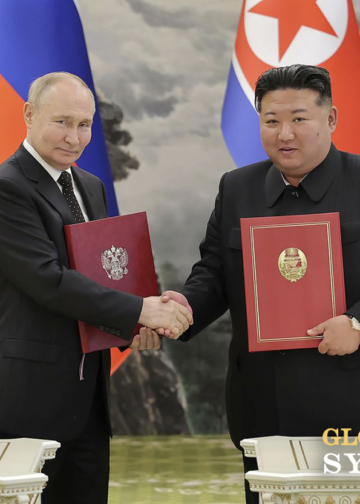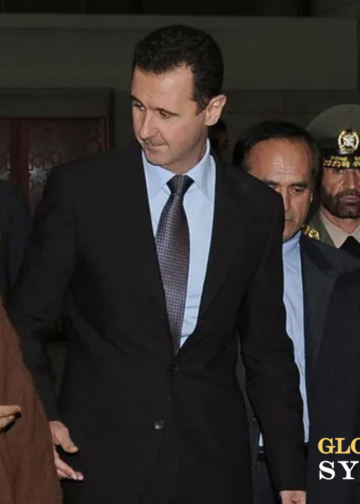Hassan Nasrallah, the long-serving leader of Hezbollah, was killed in an Israeli airstrike on September 27, 2024, in Beirut. Nasrallah had been at the helm of Hezbollah for over three decades, during which he transformed the group into one of the most powerful paramilitary and political forces in the Middle East. His leadership saw Hezbollah evolve from a local resistance group to a regional powerhouse, deeply involved in conflicts that shaped the geopolitics of the region.
He took over the leadership of Hezbollah in 1992 after the assassination of his predecessor, Sayyed Abbas al-Musawi, and quickly steered the group into pivotal battles, notably the 2006 war with Israel. Under his command, Hezbollah resisted Israeli forces during the month-long conflict, which left significant destruction but cemented Nasrallah’s image as a symbol of resistance. His tactical approach and charisma made him a revered figure among many in Lebanon’s Shia community and beyond, even as his reputation suffered among Sunni-majority Arab nations, especially after Hezbollah’s involvement in the Syrian civil war to support President Bashar al-Assad.
The Israeli airstrike that killed Nasrallah targeted a Hezbollah command center in the southern suburbs of Beirut, an area that has long been associated with the group’s leadership. This attack marked a critical point in the ongoing conflict between Israel and Hezbollah, which escalated following Hezbollah’s solidarity with Hamas during the war in Gaza. For months, Hezbollah had been launching rockets and missiles into northern Israel, prompting a series of retaliatory airstrikes from Israel, culminating in the operation that killed Nasrallah.
Nasrallah’s death comes at a highly volatile time, with concerns mounting over the potential for a broader regional war. Hezbollah’s rocket attacks on Israel were part of its longstanding resistance, which Nasrallah made a cornerstone of his leadership. Yet, while many viewed him as a strategic leader who strengthened Hezbollah’s military capabilities, others saw him as a figure who had drawn the group too deeply into Iran’s regional ambitions. His decision to send Hezbollah fighters into Syria to support Assad was a turning point, attracting criticism from many in the Arab world who viewed Hezbollah as serving Iranian interests.
Born into a poor family in Beirut, Nasrallah’s rise through the ranks of the Shia Amal movement eventually led him to break away and form Hezbollah, with backing from Iran’s Revolutionary Guard. Over the years, he built a loyal base of support, especially within Lebanon’s Shia population, by offering social services, including schools and clinics, in impoverished areas. This “state within a state” model helped Hezbollah gain political traction, and under Nasrallah’s leadership, the group became an official political party, participating in Lebanon’s elections and securing parliamentary seats.
Despite the controversies surrounding Hezbollah’s involvement in Lebanon’s political scene and its alleged role in the assassination of former Prime Minister Rafik Hariri, Nasrallah maintained a firm grip on the organization. He continued to defy calls for Hezbollah’s disarmament, arguing that the group’s weapons were essential for Lebanon’s defense against Israel. His fiery speeches, often delivered via satellite due to fears of assassination, further bolstered his image as a steadfast leader committed to the cause of resistance.
Nasrallah’s death is a major blow to Hezbollah, but the group is expected to continue its operations. Hezbollah is highly organized and remains deeply embedded in both Lebanon’s political fabric and the broader regional dynamics. While Nasrallah’s loss is significant, the group is unlikely to crumble, though much will depend on its next leader and how they navigate this period of uncertainty.
His legacy as a charismatic leader who reshaped Hezbollah and as a figure who deeply impacted the political landscape of the Middle East will continue to reverberate, even as the group faces the challenges of moving forward without him.



